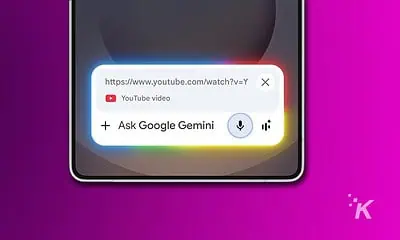News
Zoom plans to introduce free end-to-end encryption for everyone starting this week
To use it, users must enable E2EE meetings at the account level and opt-in to E2EE on a per-meeting basis.

Just a heads up, if you buy something through our links, we may get a small share of the sale. It’s one of the ways we keep the lights on here. Click here for more.
The coronavirus pandemic may have closed hundreds of thousands of businesses worldwide and sent entire economies into recessions. Still, it had the opposite effect for online video conference businesses like Zoom.
Zoom, the video conference platform, saw an unprecedented number of new users amid the coronavirus pandemic. As expected, that brought them hundreds of millions of dollars in profit.
However, the lack of end-to-end encryption was more than nuance for the company. Over and over, Zoom was criticized by privacy advocates for its lack of proper encryption for its free users.
But that doesn’t mean Zoom’s free video meetings didn’t have any protection at all. Zoom Free video meetings used AES 256-bit GCM encryption. However, the generated encryption keys used for this type of online security protection were on Zoom’s servers. Experts considered that as a vulnerability that could be easily targeted by malicious attackers.
On the other hand, in video meetings featuring end-to-end encryption, the encryption keys are available only by the participants.
As a response to the criticism, Zoom started working on end-to-end encryption for all video calls soon after the complaints came out. To that end, in May this year, Zoom acquired Keybase.io, a startup specialized in online security, to help them bring end-to-end encryption to all Zoom users.
Fast forward five months later, and we are about to see the fruition of that acquisition. Zoom is ready to present a beta version of its brand new end-to-end encryption protection for all users.
Zoom says that the end-to-end encryption protection option will need to be turned manually by the participants in the video meeting. Each participant will see a green shield icon placed on the left, top corner of the screen. This green shield will show whether a video meeting gets coverage by end-to-end encryption or not.
Furthermore, free users that want to use end-to-end encryption will need to go through two-factor authentication. That includes entering a verification code sent to their phone.
The beta phase will last for 30 days. During this period, the company expects to collect as much feedback as possible from its massive user base. Zoom plans to roll out a total of four phases in which they plan to bring all sorts of improvements to their end-to-end encryption.
During the beta phase, users won’t be able to access features such as one on one private chat, polling, breakout rooms, cloud recording, live transcription, or joining the meeting before the host. Plus, end-to-end encryption will be available to only 200 participants per video conference call.
Have any thoughts on this? Do you plan to utilize Zoom’s new end-to-end encryption feature? Let us know down below in the comments or carry the discussion over to our Twitter or Facebook.
Editors’ Recommendations:
- LinkedIn redesign brings Zoom integration, improved search, and… Stories?
- Here’s all the gear you need to make your Zoom calls pop
- Zoom – addressing the elephant in the chat room
- Pornhub traffic spikes during Zoom outage






























